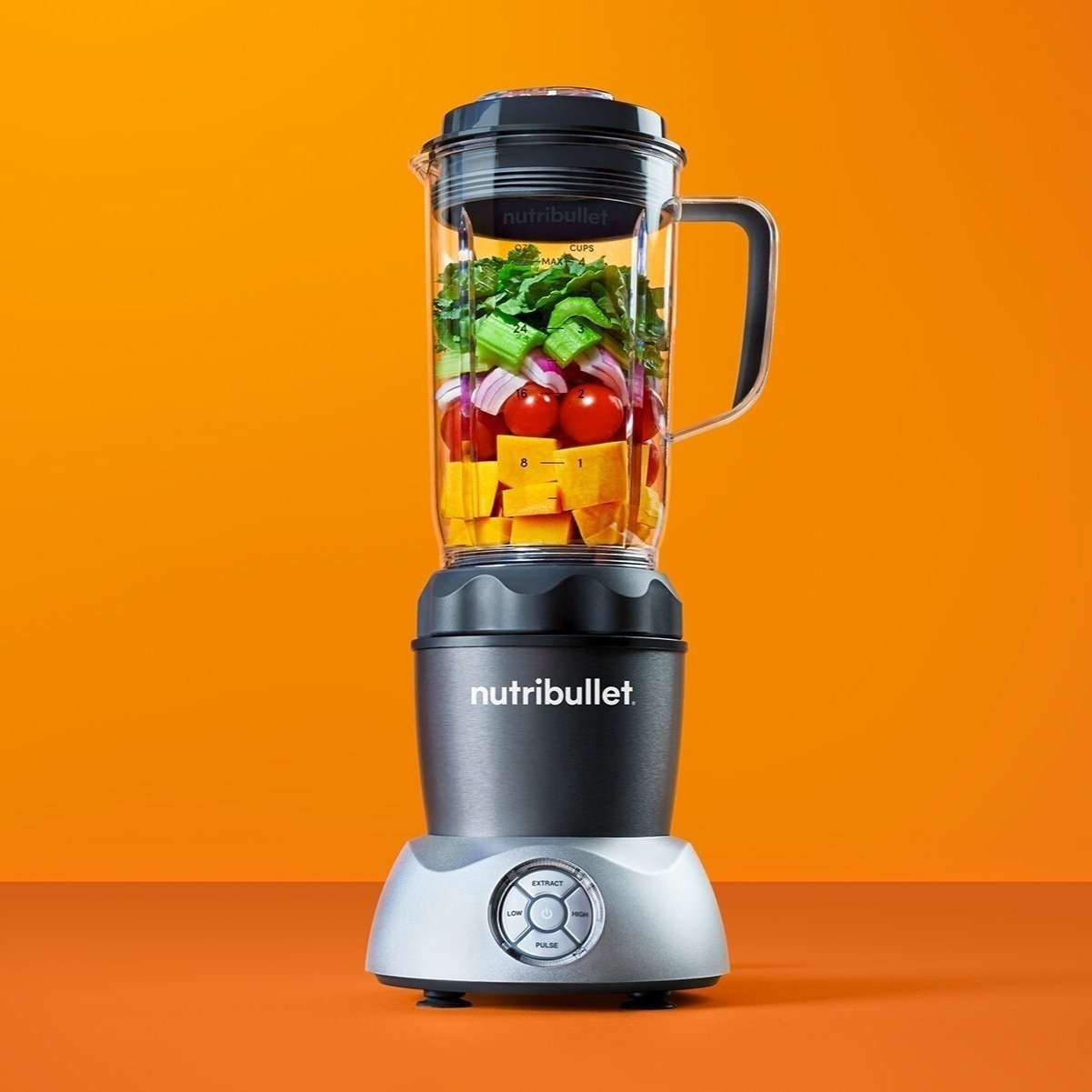UX RESEARCH
Digital to physical: user testing blender functionality
BUSINESS PROBLEM:
Category expansion into products with more functionality, but we need to validate with customers during the development process
OUTCOME:
We launched this product with my recommendation!
Context
My role as a researcher
Nutribullet blenders are known to be buttonless. This new model, Nutribullet Select, will be the first blender that offers versatile controls through a button interface. The product development team needed usability testing, specifically around the button interface, function, and CMF (color, material, finish).
I’ve always designed with digital so it was a challenge to apply design thinking to a physical product. Though the constraints change from physical to digital, the common theme is human-centered design.
I tested iterations of the button display from prototype to product launch. Research methods included in-person moderated user testing, surveys, and ideation with product development. I recommended the design that we launched with.
User flow
I diagrammed a user flow and alternative use cases to understand blender functionality. The button interface utilizes LED light panels to communicate status and feedback to the user. The light interaction also needed to be designed and tested.
Validating button labels through surveys
I validated potential labels through a survey to our target audience. Button labels should be clear, concise, and understood.
Attached is a table of participant’s responses when asked to describe what each label means to them and their contextual mental models.
In-person usability testing
I met with customers in Chicago and Los Angeles. I also learned that blender usage varies by region!
Insights helped with divergent iterations of the button interface and the engineering constraints helped refine them.
Recommendations
After testing with a prototype, insights were ranked on a severity scale. The table (left) describes each issue and provides a recommendation to product development, engineering, and marketing.
Severity scale:
High - will prevent errors
Medium - will enhance usability
Low - will enhance aesthetics
Final design
“Low” and “High” speeds align with the mental model of adjusting volume.
”Pulse” requires a manual touch to activate. I learned its easier when users can rest their hand while using this function, so it made sense to place it at the bottom.
”Extract” is an innovative feature for the blender. We learned that this is the most popular function, so placing it at the top makes the most sense for hierarchy.

